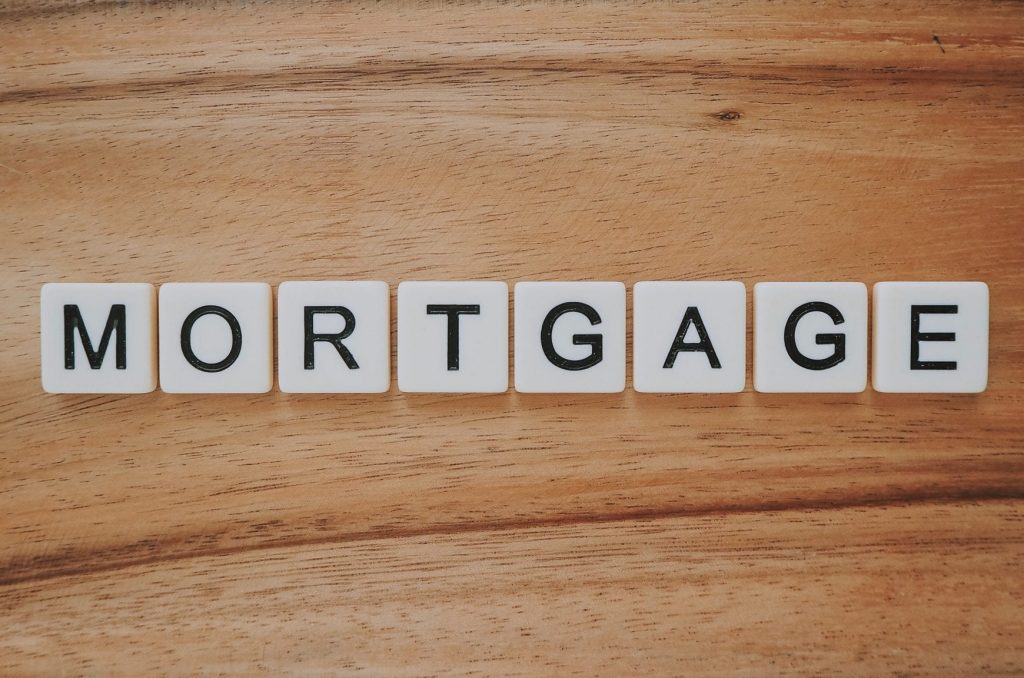
As you probably already know, interest rates on loans have been recorded low in recent years, this has not happened in the United States for probably 20 years.
As for a home loan, there are two rates:
- fixed;
- adjustable (floating).
Fixed-rate loans
A fixed-rate is most often used for loans for 30 or 15 years. For 30 years now the rate is 4.1%, a couple of years ago it was 3% and this was the lowest percentage in history.
The fixed-rate at the conclusion of a loan agreement for 15 years is now 3.4%, floating – from 3.1% to 3.25%.
What the difference between the types of interest rates is?
So, a fixed-rate. You conclude an agreement, take out a loan and for 30 or 15 years you pay a fixed amount, that is, under no circumstances will you pay more.
Adjustable-rate loans
When you conclude an agreement, it states that for, for example, 10, 5, or 7 years you will pay such and such an interest, after which the bank has the right to raise the interest rate.
How much it can rise every year is stipulated in the contract. In fact, such loans are beneficial to those who plan to pay off everything within this fixed period or are going to sell the house before the end of this period.
Most often, such a loan is taken by people who have arrived, for example, from another state. They want to buy a house, work for a few years, then sell it and move elsewhere.
In this case, an adjustable-rate is more profitable than a fixed rate, because it is lower. If you are going to sell your house in 3-5-7 years anyway, it doesn’t matter.
But if you are going to live in it and will not be able to repay the loan within a certain period, then the loan rate will greatly increase, it will be unprofitable. If we consider the terms of 15, 20, 30 years, then a loan with an adjustable-rate is much less profitable than a fixed one.
Refinancing
Sometimes refinancing is done when there are problems with funds and a person wants to reduce the loan payment.
For example, if a person has been repaying a home loan for 5 years and pays $ 1,800 a month, then if he refinances for 30 years, the remaining unpaid amount will be distributed for 30 years in advance. That is, a person will pay on the loan for another 30 years, but the amount of the monthly payment will fall. For example, he will pay $ 1,600 or $ 1,500 depending on the amount owed and the interest rate. This is one of the reasons people refinance.
Picture Credit: Unsplash
